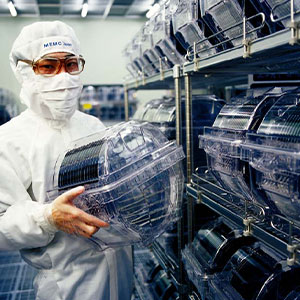 Microbubbles can present as contamination in liquids causing yield problems.
Microbubbles can present as contamination in liquids causing yield problems.
In the semiconductor manufacturing industry, microbubbles (bubbles smaller than 100 µm in diameter) can be contaminants that reduce manufacturing yield. For example, if microbubbles in photoresist are dispensed onto a wafer, they can cause a defect in the microcircuit being produced thereby causing premature failure. This paper discusses some of the factors that influence the formation of microbubbles in liquids and how microbubbles can be differentiated from hard particles using optical particle counters. Experimental results in water and common photoresist solvent, propylene glycol methyl ether acetate, are presented. The results are compared to theoretical predictions.
Interested in learning more? Complete the form on this page to receive a free copy of the Factors Affecting Microbubbles in Liquids application note.








